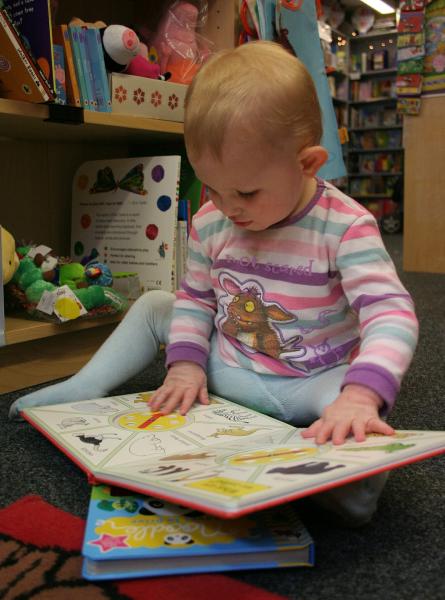“And that’s what we see not just with syringes, but with the vaccine deployment. The government partnered with chains CVS and Walgreens to deploy the vaccine, and these chains have done a bad job. There’s a natural experiment showing how independently owned pharmacies have outperformed the chains. Roughly 35% of pharmacies are independent, so we can look at where there are a lot of chain pharmacies, and where there aren’t, and then compare the two. A lot of the places dominated by chains, like Virginia and California, are blue states with significant public health systems and expertise, while red states like South Dakota and Alaska tend to have more suspicion of government and have more independent pharmacies.”
One of the issues laid bare by the vaccination rollout is our dependency upon scale; 10 injections a day does not easily translate into the millions. I have a love-hate relationship with scaling. I like the low prices and fast delivery, but I hate the control I have given up. During the pandemic’s height, my Amazon Prime was anything but; I had no choice of where to go. They were the only game in town. For vaccinations, it has to do with two large pharmacy chains, CVS and Walgreens. They are quickly becoming an overwhelming presence in the “healthcare space.” Matt Stoller, still obsessing over monopolies, gives an interesting report in Economies of Scale or Economies of Fail?
“Because epidemiological models make statements about the future, it’s tempting to liken them to weather forecasts — but it’s also deeply wrong. The two are in no way ever comparable, … The quality of a weather forecast rests on how accurately and reliably it predicts whether there will be a storm tomorrow (and how long it will last and how much it might rain), despite a thousand meteorological uncertainties. But when meteorologists forecast a hurricane’s path, the decisions of people in the region to either evacuate or stay put don’t affect where the hurricane goes or how strong it will be.
In contrast, people’s actions have a direct impact on disease transmission. The additional level of uncertainty about how people will respond to the threat complicates the feedback loop between human behavior, modeling outcomes and the dynamics of an outbreak.”
…
Modeling humans is really hard,” Graeden said. “Human behavior is idiosyncratic. It’s culture-specific,” with differences that show up not just between nations or demographics but between neighborhoods. Scarpino echoed that idea: “You walk across the street and it’s a different transmission dynamic, almost,” he said.
Modeling is the piñata of the COVID-19 failures blame and shame game. The Hard Lessons of Modeling the Coronavirus Pandemic, from Quanta, is truthfully a bit of a nerd’s delight. It goes into great detail, but it will give you a far better understanding of modeling’s role. Modeling is becoming increasingly important under its alternative name, artificial intelligence and, of course, algorithms. If you want to be scientifically literate in the next decade, this article is a must-read.
“The first time Mary Ann Price logged into her employer’s system to schedule a vaccine, she found an appointment three days later at a nearby Walgreens pharmacy. She woke up the next day to an email saying it had been canceled. So she logged in again and found an opening that afternoon at the local surgical hospital.
“When I showed up, they said they wouldn’t honor it—they were only doing their own staff,” Price says. But when she tried a third time to make an appointment, she was blocked from doing so: according to the system, she was already in the middle of getting a vaccine.
…
Her frustration is echoed by millions of Americans who have struggled to get vaccines through various chaotic systems. But unlike others in some states, she wasn’t encountering these problems with a third-party consumer service like Eventbrite, or even through an antiquated government system. She was on the US Centers for Disease Control and Prevention’s brand-new, $44 million website called VAMS—the Vaccine Administration Management System, built by the consulting firm Deloitte.”
It is unbelievable that the CDC identified a need for a centralized scheduling system nearly a year ago and allowed clowns to build the system. From the MIT Technology Review, What went wrong with America’s $44 million vaccine data system?
For those lucky enough in the vaccine lottery to win a coveted vaccination, there is a frequently unmentioned, at least till now, surprise for them.
“At about 2 a.m. on Thursday morning, I woke to find my husband shivering beside me. For hours, he had been tossing in bed, exhausted but unable to sleep, nursing chills, a fever, and an agonizingly sore left arm. His teeth chattered. His forehead was freckled with sweat. And as I lay next to him, cinching blanket after blanket around his arms, I felt an immense sense of relief. All this misery was a sign that the immune cells in his body had been riled up by the second shot of a COVID-19 vaccine, and were well on their way to guarding him from future disease.”
Yes, that second shot packs a bit of a wallop side-effect wise. From The Atlantic, The Second COVID-19 Shot Is a Rude Reawakening for Immune Cells




